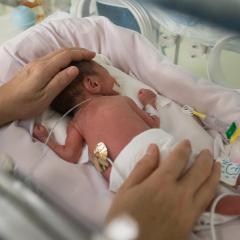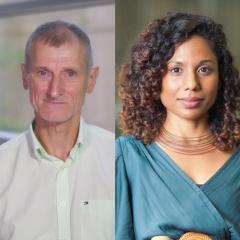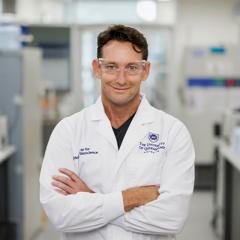Two up-and-coming IMB researchers have received nearly $1.5 million from the Australian Research Council (ARC) to improve honeybee health and our knowledge of how cells work at the molecular level.
Dr Volker Herzig and Dr Samantha Stehbens were today awarded ARC Future Fellowships, which were announced by the Federal Minister for Education Dan Tehan MP.
Dr Herzig received $755,270 to develop new bio-insecticides and treatments against honeybee parasites from spider venom, which will have environmental, social and economic benefits.
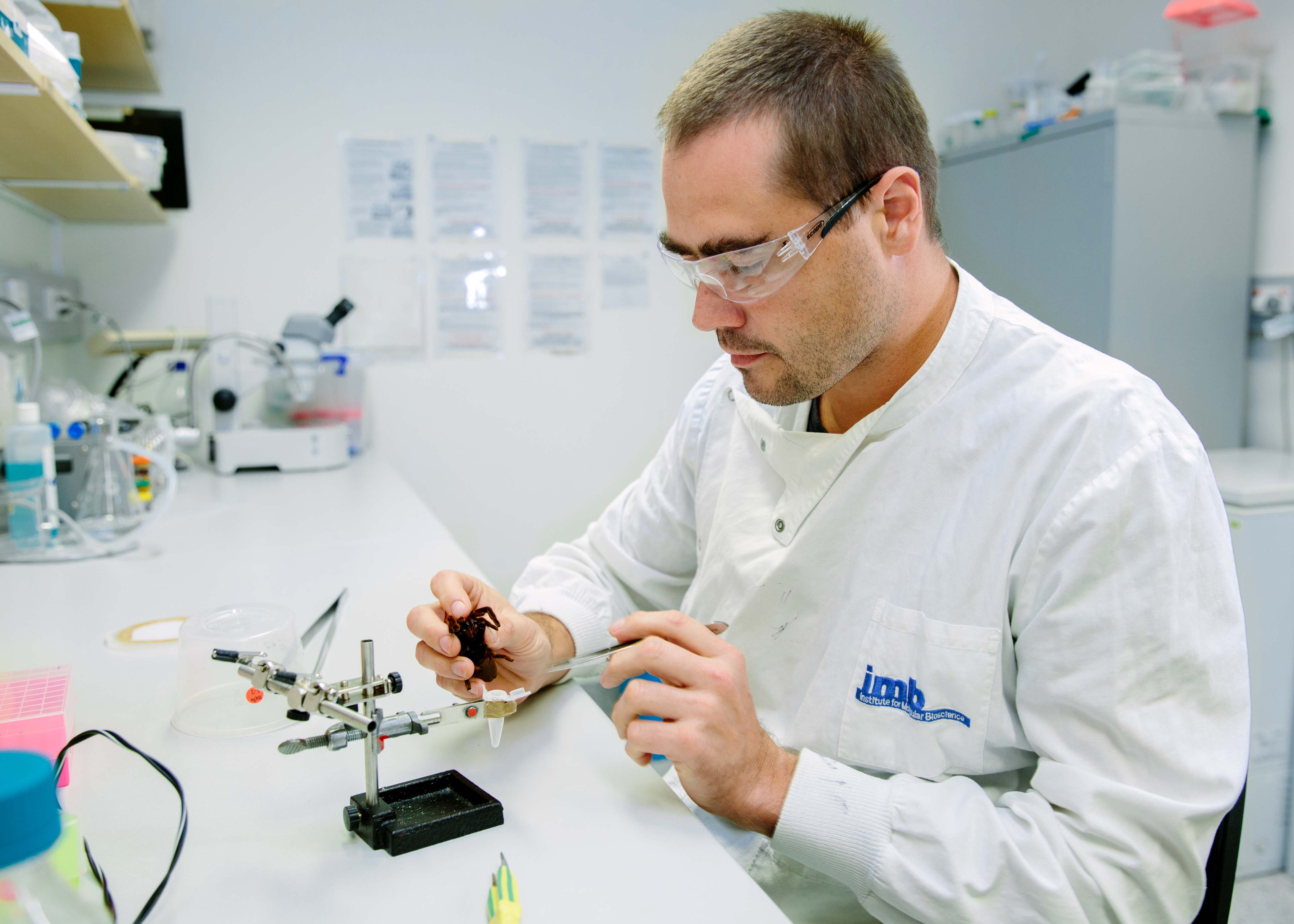
“The survival of our honeybees is dependent on using bee-friendly bioinsecticides, and controlling parasites such as varroa mites and small hive beetles, which prey on bees,” Dr Herzig said.
“Insecticides and honeybee parasites threaten both the health of honeybees and our agriculture—as many of our crops, including apples, cherries, almonds, blueberries and avocados, rely on honeybees for their pollination.
“I have already identified suitable peptides in our arachnid venom collection and plan to pursue more candidates—the aim is to develop new bee-friendly insecticides which are pest-specific and can be produced in large scale for agribusiness.”
Dr Stehbens received $746,380 to explain the molecular mechanisms that cells use to move in 3D environments, a basic biological function essential for development and homeostasis.
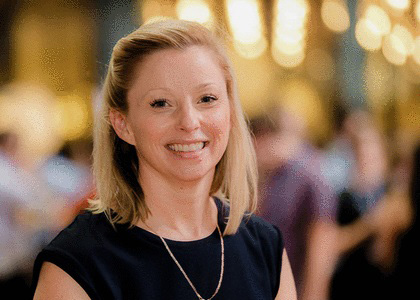
Dr Stehbens is combining imaging technology and cell biology to study how cells move and interact with their environment, both of which are essential for cells to develop and carry out their role in the body.
“In order to move, cells need to interact with their physical surroundings and change their shape—these interactions need to be transmitted to structures inside cells called organelles via the cytoskeleton, which gives a cell its shape, offers support, and facilitates movement,” Dr Stehbens said.
“Understanding these complex mechanisms will benefit the fields of tissue engineering and regenerative biology, and allow working towards restoring, maintaining and improving damaged tissues”.
Dr Herzig and Dr Stehbens are two of eight researchers across The University of Queensland to be awarded Future Fellowships.
UQ Vice-Chancellor and President Professor Peter Høj AC said this was another excellent result for UQ.
“I want to congratulate our eight new ARC Future Fellows who now join an extensive list of UQ researchers awarded competitive research grants and funding in 2019,” Professor Høj said.
“This is another example of the strength of UQ’s research excellence, and I now look forward to seeing the research outcomes of these Future Fellows.”
UQ’s other ARC Future Fellows are Dr Karen Cheney from the Queensland Brain Institute, Professor Glen Lichtwark from the Faculty of Health and Behavioural Sciences, and Dr Karen McNamara, Dr Pat Scott, Dr Simon McIlroy and Dr Tyler Neely from the Faculty of Science.

